2014 Toyota Tacoma Review

More than a foot of snow fell the previous night and the forecast predicted more bad weather to come. It was perfect.
FAST FACTS
| 1. Engine: 4.0-liter V6 with 236 hp and 266 lb-ft of torque. |
| 2. Transmission: Five-speed automatic or six-speed manual. |
| 3. Fuel Economy: 16 mpg city/21 mpg highway. |
| 4. Pricing: Starts at $18,735, though our Double Cab 4×4 model costs $28,645. |
After being discouraged by multiple family members, I set out for a long day of hard driving through blustery winter weather. Why? My 2002 Ski-Doo MXZ 800 had just been repaired and needed to be rescued from the shop’s clutches in time to go for a ride. OK, I didn’t need to go…
But as every snowmobiler knows, once the white stuff hits, the itch to sled can be unbearable. Besides, it gave me a chance to test my 2014 Toyota Tacoma test truck in unusually challenging circumstances.
Saddle Up
Once the Tacoma was loaded with the necessaries, we set out for the road and the great white north on a roughly 500 mile round trip. Of course a trailer was needed to retrieve the sled, so we hooked up an 18-foot car carrier to the back of the truck that weighs about 3,000 lbs. by itself. While this much trailer was wholly unnecessary for a snowmobile, it offered a good test of the Tacoma’s hauling capability.
Hitching the trailer up in the morning went smoothly. The Tacoma offers generous hook ups for safety chains and a standard two-inch hitch receiver, both of which work well. The trailer light connections on the other hand sit underneath the bumper. That makes the connector hard to reach and susceptible to damage when the truck leaves the pavement.
Punchy to Start, Slow to Pass
Our tester was a 4×4 Tacoma double cab outfitted with a V6 engine that makes 236 hp and 266 lb-ft of torque. This is the largest engine option for the Tacoma, and its power is adequate. When fully loaded, the trailer/snowmobile combo we had hitched up to the rear of the small Toyota weighed about 3,600 lbs, sitting about 2,800 lbs shy of the truck’s 6,400-lb maximum tow rating and the truck handled it with ease. Accelerating to highway speed wasn’t the least bit taxing on the engine, which feels torquey down low.
Once up to speed though, the five-speed automatic transmission hesitates a little if you ask for more power. Accelerating to pass is also slow.
Running around empty, the power from the V6 feels great, with solid throttle response. On the other hand, the brake pedal feels squishy and doesn’t grab with the confidence that a truck should have.
Fuel economy is rated at an average 18 mpg for the automatic 4×4 V6 Tacoma, but our time with the truck returned 15 mpg, mostly due to the fact that weight was on the back of the truck the entire time. Regardless, considering the leaps that have been made with half-ton fuel economy, this little truck simply doesn’t offer the sort of numbers it should.
To clarify, the Tacoma really isn’t small even though it tends to be billed that way. The double cab model we tested is 74.6 inches wide, 70.1 inches tall and 208.1 inches long with a short bed. In comparison, the Toyota Tundra is 79.9 inches wide, 76.2 inches tall and 228.9 inches long with a short bed. Length is the biggest difference, but when it comes to height and width, the Tacoma is nearly as big as its big brother.
Torture Tests
A long stretch of uneven, snow-packed road was the first obstacle I faced. The Tacoma is stiffly sprung and that caused the back end to bounce around beyond my comfort zone even with the unloaded trailer to weigh it down. Luckily, the steering is fairly communicative, even though it isn’t particularly tight. Even with the back end jerking around, the wheel will stay calm in hand to make keeping the truck in line relatively easy.
This particular day happened to be quite windy, bringing another negative trait of the Tacoma to the forefront: cabin noise. At highway speeds, even on clear days, the wind noise is intrusive, and after eight hours on the road, it was a grating experience. The relatively high seating position doesn’t help either. I spent the trip looking through the top quarter of the windshield. Worse still, there wasn’t a seat-mounted armrest.
The rest of the innards offer a no frills experience. Dominated by black plastic, the Tacoma has a simple user experience, though the infotainment system’s small buttons and convoluted controls can be frustrating.
The Tacoma looks big from the outside, but the interior doesn’t feel as spacious as you might assume. Front seat room is adequate, but packing just 32.6-inches of rear legroom, it falls short of the Nissan Frontier’s 42.4 inches of back seat legroom.
After reading everything above, you may think that the Tacoma isn’t all that popular, but you’d be wrong. In fact, it’s the most popular truck in the segment, though that is more due to the fact that it has no true competition. That, however, will soon change with the both the Chevy Colorado and GMC Canyon set to go on sale this year.
But the Tacoma does elicit one strong trait outside of its capable hauling ability, and that is off-roading.
Hello Deep Snow, Goodbye Road
Arriving at my snowmobile’s happy place presented a new challenge, about two feet of fresh snow. The trailhead hadn’t been plowed, but I couldn’t just leave the trailer in the road. With no other option, I built up speed and hit the snow with momentum. Getting the trailer in was the easy part, but stopping and starting again had me worried.
After the trailer was dropped (and I had taken a quick spin on my newly repaired sled), it was time to head for home. After engaging four-wheel drive, the truck crawled out of the snow effortlessly. Perhaps more impressively, it managed the slog with all-season tires.
While most 4X4 vehicles would have likely crawled out of the heaps of snow, the Tacoma did so with surprising agility that can likely be attributed to its relatively modest 4,220-lb curb weight. Getting out after to inspect the truck’s tracks showed that the Tacoma hadn’t even broken through to the very bottom layer of snow, instead it was sitting atop the near two inches of hard pack at the bottom of the fresh flurries.
The Verdict
So yes, the Tacoma did perform all of the tasks it was asked to with relative ease. But compared to the new generation of smooth riding pickups, the littlest Toyota truck is unrefined and desperately needs to be updated.
Thankfully, General Motors is introducing two new mid-size pickups, the Chevy Colorado and GMC Canyon, to the market in 2015.
This move should be enough to spur Toyota to update the nearly decade-old Tacoma and if the revisions are anything like those that came to the Tundra, the Tacoma will almost certainly retain its segment-leading sales. However, if the budget at Toyota leaves no room for Tacoma updates, the Japanese brand is leaving the door open for GM to swoop in and steal sales.
LOVE IT
- Off-Road capability
- Simple, rugged interior
LEAVE IT
- Handling dynamics
- Interior noise
- Trailer light hookups below the bumper

Stephen covers all of the day-to-day events of the industry as the News Editor at AutoGuide, along with being the AG truck expert. His truck knowledge comes from working long days on the woodlot with pickups and driving straight trucks professionally. When not at his desk, Steve can be found playing his bass or riding his snowmobile or Sea-Doo. Find Stephen on <A title="@Selmer07 on Twitter" href="http://www.twitter.com/selmer07">Twitter</A> and <A title="Stephen on Google+" href="http://plus.google.com/117833131531784822251?rel=author">Google+</A>
More by Stephen Elmer
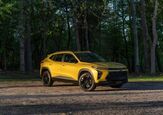


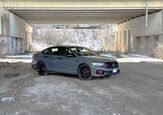
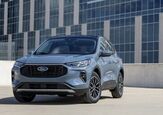
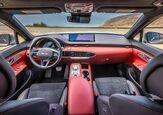

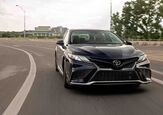
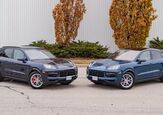
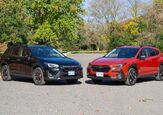

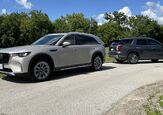

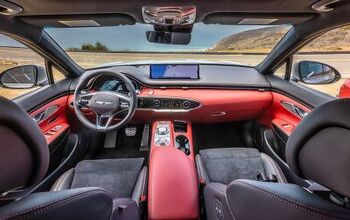
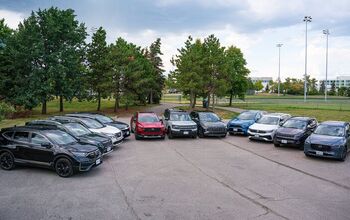
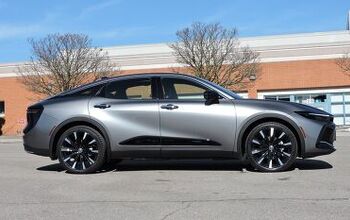


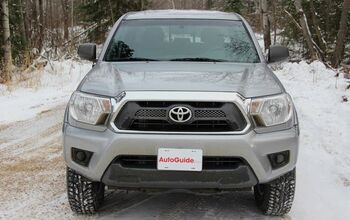
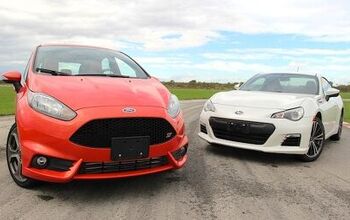
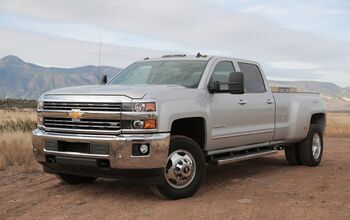
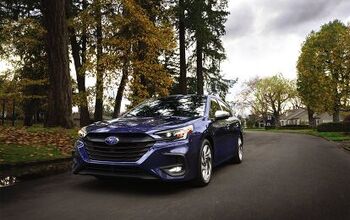




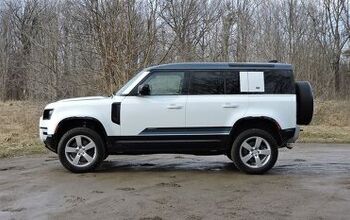
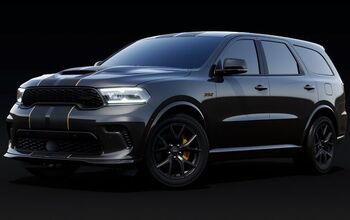

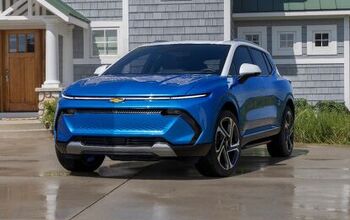
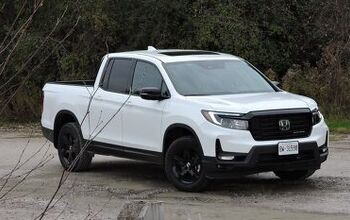
Comments
Join the conversation
I recently purchased a 4 cylinder extended cab SR5 to replace my aging 1997 ford ranger. I did upgrade the rear did to 4:10 gears and that makes all the difference for me. This is a rugged work horse tha delivers reliable service. It would certainly gain from direct injection and some other more modern upgrades, but it will still serve my daily needs well for the next 10 years or so.